Fall Prevention
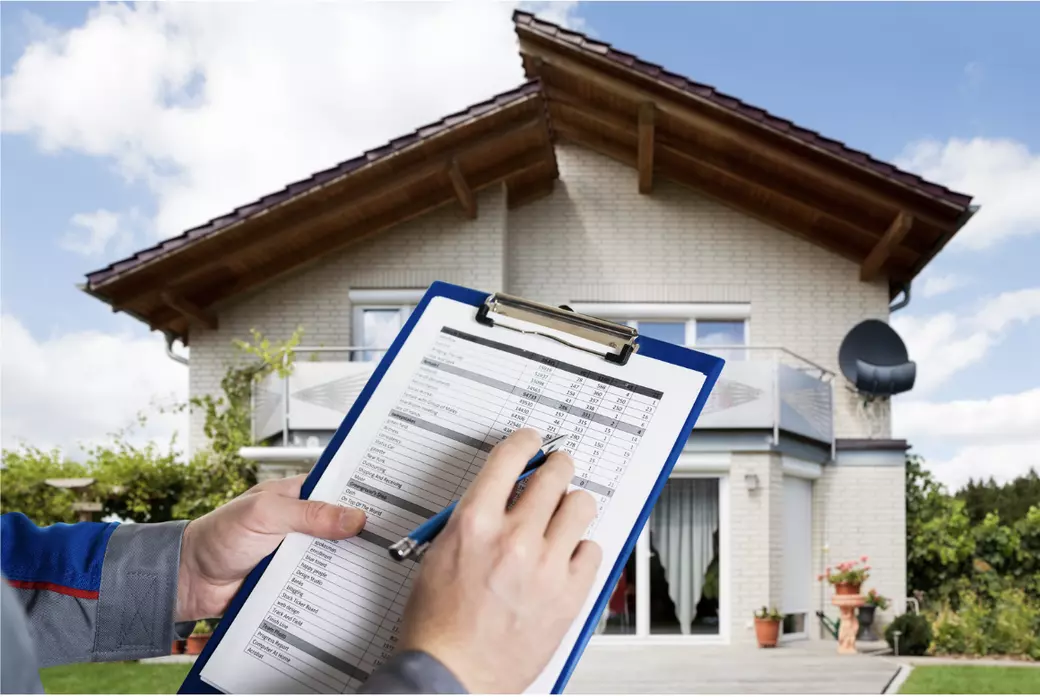
Fall Prevention Month is observed every November to raise awareness about the importance of home safety. As real estate professionals, it is our duty to inform homeowners about the potential hazards within their homes and neighborhoods. By taking small steps to ensure home safety, we can significantly reduce the risk of falls and create a secure environment for everyone.
Lifestyle plays a crucial role in fall prevention. Our daily routines and habits greatly impact the safety of our homes. Simple steps like clearing clutter, keeping floors clean, and securing loose rugs can make a significant difference. Regular exercise and maintaining a healthy lifestyle also contribute to fall prevention. Stronger bodies are better equipped to prevent falls, so it is essential to prioritize physical fitness.
The neighborhood we live in also affects our safety. When choosing a home, it is important to consider the surroundings. Are there sidewalks and well-lit streets? Are there parks or recreational areas for exercise? A neighborhood that encourages an active lifestyle can greatly reduce the risk of falls. Additionally, being part of a community that promotes safety and looks out for its members can provide an extra layer of security.
Home safety assessments are a valuable tool in fall prevention. These assessments typically involve a professional inspecting a home for potential hazards and providing recommendations to minimize the risk of falls. They can identify issues such as uneven surfaces, loose handrails, inadequate lighting, or cluttered pathways. By addressing these concerns, homeowners can create a safer living environment for themselves and their loved ones.
Let's delve deeper into some specific areas of concern when it comes to fall prevention:
1. Flooring: Ensure that all flooring surfaces are even and free of tripping hazards. Loose tiles or floorboards should be fixed, and carpets should be properly secured. Adding non-slip mats in areas prone to moisture, such as the bathroom or kitchen, can also prevent accidents.
2. Lighting: Adequate lighting is crucial in preventing falls. Install bright bulbs in all rooms and make sure switches are conveniently located. Nightlights in hallways and bathrooms can provide illumination during nighttime.
3. Stairs and handrails: Staircases should be well-maintained, with handrails on both sides for support. Ensure that steps are even and have a non-slip surface. For older adults or individuals with balance issues, consider adding additional handrails or installing a stairlift if necessary.
4. Bathroom safety: Bathrooms can be particularly hazardous, especially for older adults. Install grab bars near the toilet and inside the shower or bathtub. Non-slip mats or adhesive strips should be used in the shower or bathtub to prevent slips. Consider placing a shower chair or bench for added stability.
5. Clutter management: Keeping pathways and living spaces clear of clutter is essential in fall prevention. Remove any unnecessary furniture or objects that obstruct walking areas. Ensure that electrical cords are tucked away or secured to prevent tripping.
Remember, fall prevention is a continuous process. Regularly reassess your home's safety, especially if there are changes in mobility or health status. By prioritizing home safety, we can ensure a secure and comfortable living environment for ourselves and our loved ones.
As a Senior Home Safety Advisor, I am committed to helping homeowners make informed decisions about their properties. If you have any questions or concerns about fall prevention or home safety, please don't hesitate to reach out. Together, we can create a safer community and reduce the risk of falls.
Désirée King
REALTOR®, Certified Executor Advisor (CEA)
416-333-8520
Categories
- All Blogs 73
- 55+ Living Communities 20
- Aging-In-Place 16
- Community Engagement 3
- Concierge 13
- Decluttering 8
- Downsizing 31
- Estate Planning 6
- Estate Settlement 26
- Fall Prevention 11
- General 18
- Home Safety 8
- International Retirement Living 4
- Land Lease 6
- Life Lease 7
- Lifestyle 15
- Out of Town Estate Settlement 24
- Probate 22
- Real Estate 4
- Retirement Residences 17
- Tax Returns 4
- Wealth Transfer 21
Recent Posts
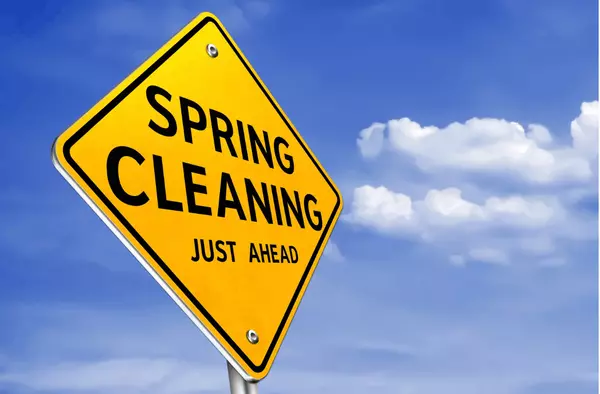


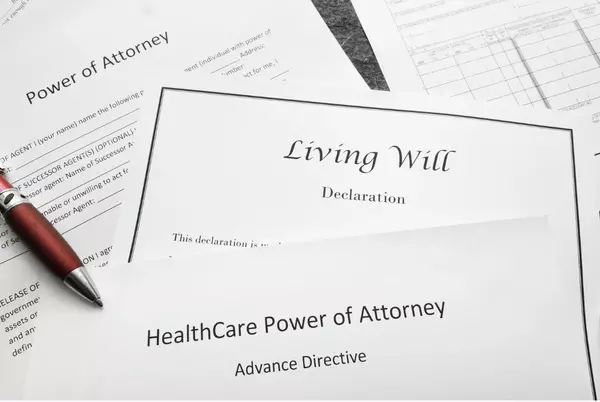
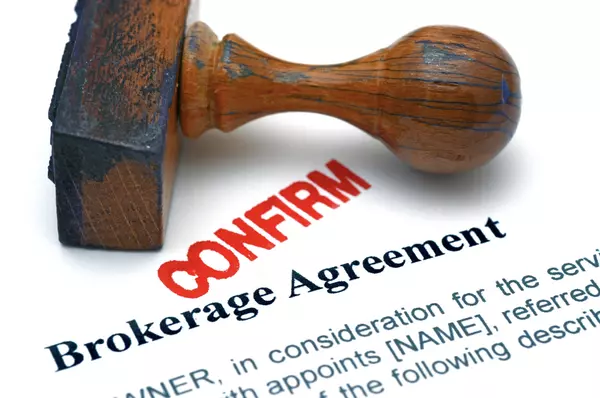

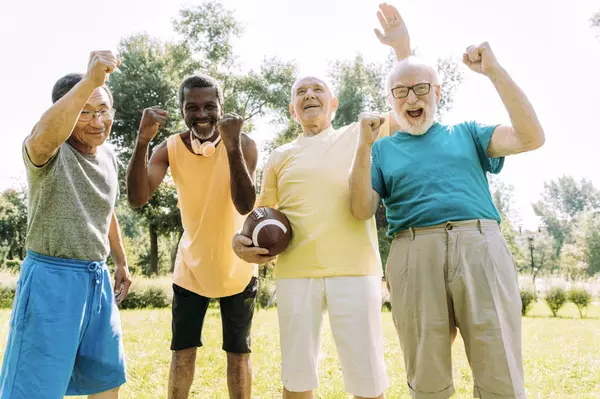
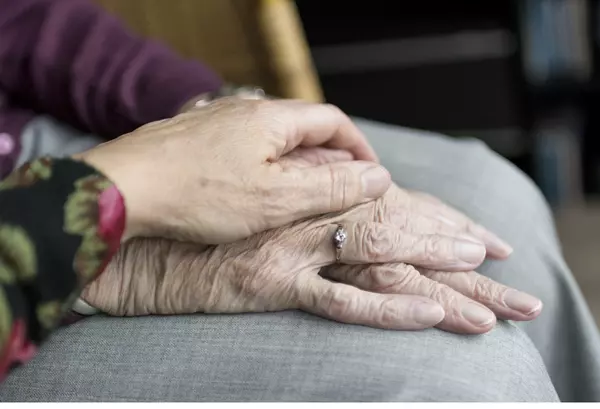
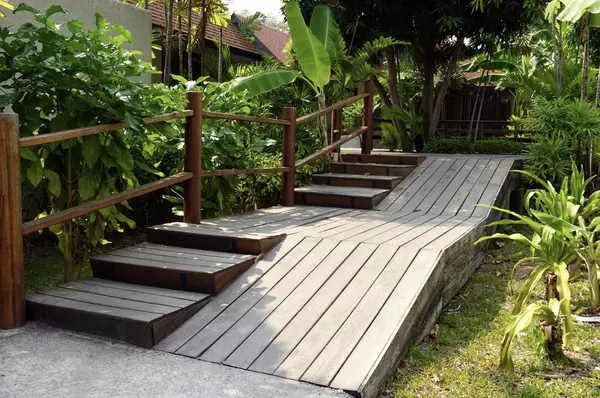

"Empowering transitions, cherishing legacies. At King's Downsizing & Estate Services, we transform the complexities of change into journeys of compassion and preservation." - Desiree King
